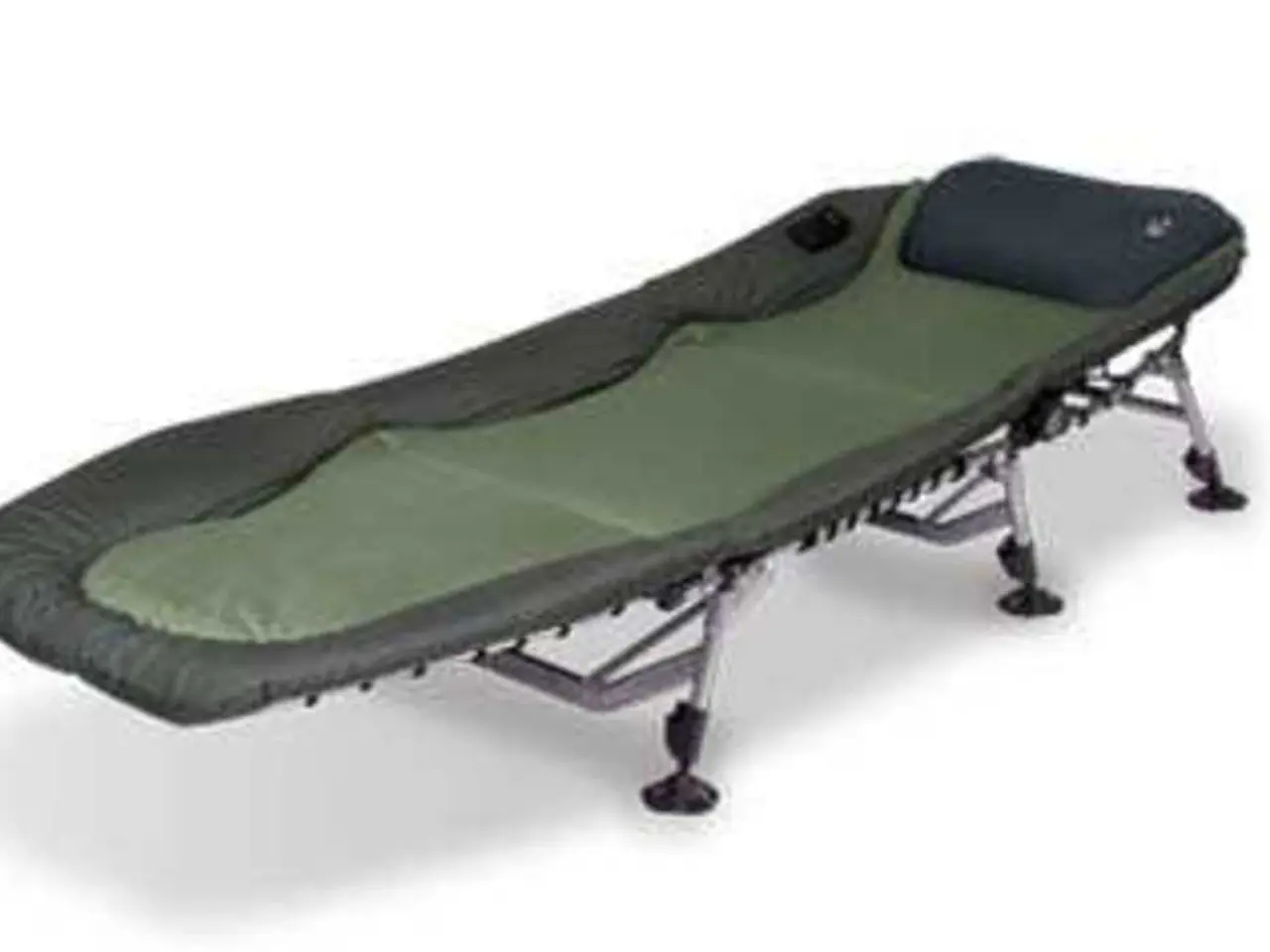Overcoming Grip Fatigue for a Stronger Lift: 5 Quick Solutions
Grip fatigue is a common issue that many people encounter during strength workouts, especially when performing exercises like deadlifts, kettlebell swings, or heavy rows. According to Nick Lo Cicero, a coach and fitness training and support manager at Orangetheory Fitness, grip strength significantly impacts workout results.
Grip fatigue occurs when the muscles in the forearms and hands give out before larger muscle groups, causing them to tire sooner. This is because forearm muscles are smaller and less trained than other muscle groups, making them more susceptible to fatigue.
To address this issue, Lo Cicero suggests recognizing grip failure as a cue to adapt rather than push through. Pushing through can lead to compensations that may result in injury, such as slumping shoulders or shifting weight improperly.
When grip begins to fail, there are several practical steps one can take to stay in control and complete the workout effectively. These include:
- Adjusting the weight or load if grip is fatiguing prematurely.
- Resetting or changing grip position to improve comfort and efficiency.
- Performing recovery actions focused on forearm tension relief between sets.
These strategies help maintain workout intensity safely while building grip endurance progressively.
Another approach Lo Cicero recommends is the cluster set approach. This technique involves taking a brief rest after feeling grip fatigue before continuing reps. This approach can help build grip endurance without needing to scale the movement back entirely.
Decreasing the dumbbell weight can also help when the cluster set approach is still challenging, allowing for the complete rep count with solid control.
Lo Cicero emphasizes the importance of keeping potential signs of grip fatigue in mind during strength work, particularly when training alone. Signs to watch for include losing control of the weight, rushing through reps, or feeling tension in the wrong areas.
After a workout, it's essential to perform wrist flexor and extensor stretches to relieve tension in the forearms and promote recovery. Each stretch should be held for 15 to 20 seconds per side.
In conclusion, addressing grip fatigue during strength workouts is crucial for maintaining workout intensity, preventing injury, and promoting consistent performance and long-term strength. By following Lo Cicero's practical steps and strategies, you can overcome grip fatigue and achieve your fitness goals safely and effectively.
- majority of people who perform strength workouts often face an issue called grip fatigue, particularly during exercises such as deadlifts, kettlebell swings, and heavy rows;
- Nick Lo Cicero, a coach at Orangetheory Fitness, points out that grip strength plays a significant role in the outcome of workouts;
- to combat grip fatigue, Lo Cicero advises adapting instead of pushing through; this helps maintain workout intensity, build grip endurance, and prevents potential injuries;
- apart from adjusting weight and grip position, incorporating wrist flexor and extensor stretches post-workout can help relieve tension in the forearms, promote recovery, and contribute to overall wellness and health-and-wellness, fitness-and-exercise longevity.




